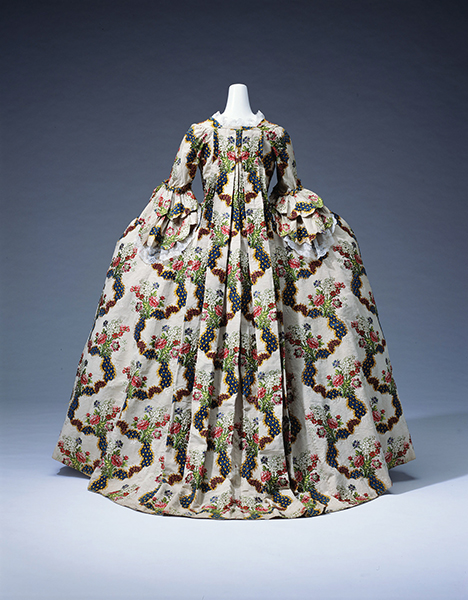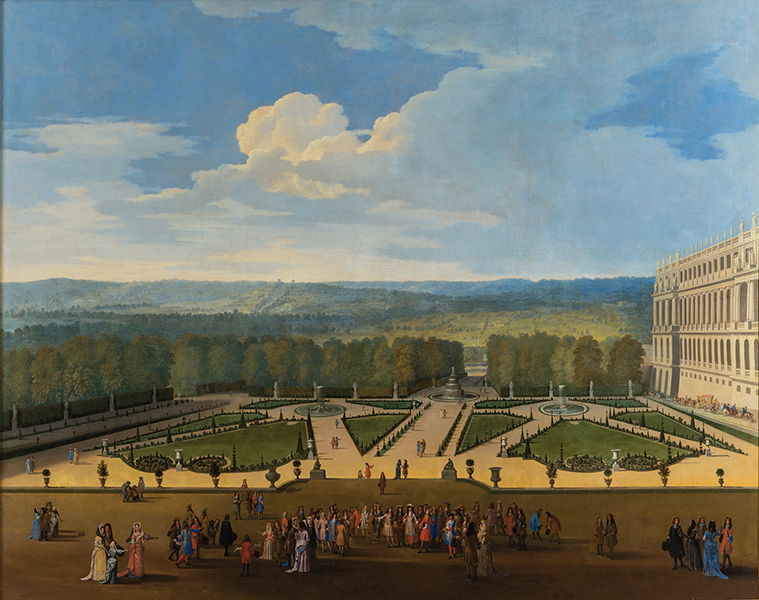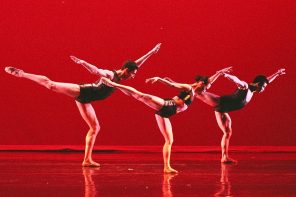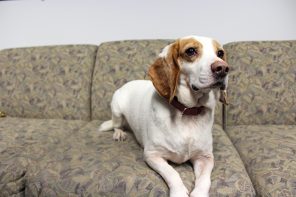When French President Emmanuel Macron wants to greet Russian President Vladimir Putin or market France to global CEOs, he knows just where to go — Versailles.
Built by Louis XIV in the 17th century in what was then a small village 12 miles southwest of Paris, it has become the show-stopping backdrop for world events — the treaty that ended World War I was signed there in 1919 — as well as a must-see for tourists and titans of history alike.

Much of that is attributable not only to its sprawling, magisterial architecture and chandeliered, mirrored, tapestry- and painting-lined interiors but to its gardens, a triumph of precise, geometric lawns, sparkling basins and majestic, mythological sculpture created under the direction of landscape architect André Le Nôtre. (His collaboration with Louis XIV at Versailles is explored in the fanciful, underrated 2014 film “A Little Chaos,” about the creation of La Salle de Bal, the outdoor ballroom garden there.)
Given the fame of the subject, there would not seem to be much that is left unsaid. But in a new exhibit, The Metropolitan Museum of Art has taken what it describes as a novel approach — Versailles through the eyes of its 17th and 18th century visitors. Call it Versailles glimpsed obliquely but charmingly through a distant lens that was no less dazzled by the place than we are today and a good deal closer to its origins.
The irony is that while Versailles had been designed by Louis XIV to be the ne plus ultra in Apollonian magnificence — not for nothing was he known as the “Sun King” and the sun god Apollo himself a central motif — it was also “probably the most public palace in Europe, accessible to anyone who was decently dressed,” write Daniëlle Kisluk-Grosheide and Bertrand Rondot in the graceful accompanying catalog. Versailles then was at once Olympian — as seen in a series of tapestries by Charles Le Brun that illustrated various crown properties and Antoine Coseyvox’s classical bust of Louis in a wig of cascading curls — as well as populist. Work after work shows people strolling amid the gardens, decked out in all their finery. That finery was often floral in embellishment as in a suit habit à la française, and a grand robe (1775-85), also in the French style, worn by one of the wives of Christophe-Philippe Oberkampf, a successful cotton-printing entrepreneur, to a visit with Marie Antoinette, wife of Louis XVI. The silk brocade dress, made in Lyon, is decorated with garlands of bouquets and fur tufts. It’s certainly fit for a visit with a queen.
Among those suitably attired was the Countess of Hertford, wife of the British ambassador, who was presented at court, most likely in a silk floral brocade gown accessorized by diamonds worth some 60,000 pounds. (The countess virtually sinks into it in her 1765 portrait by Alexander Roslin, and small wonder what with the dress’ tight bodice and billowing, hooped skirt.) Ever the diplomat’s wife, she smiles graciously, betraying neither the slightest discomfort nor her husband’s praise in a court presentation that he deemed “nobly done.”

Not every visitor to Versailles required such fanfare. Even a czar could travel there incognito as Peter I (“the Great”) did when he called on Philippe II d’Orléans, regent for the 7-year-old Louis XV, in 1717 — the same year as the czar’s handsome oil portrait by Jean Marc Nattier. Such under-the-radar visits afforded monarchs a freer, more relaxed form of diplomacy.
Of course, no exhibit on diplomatic visitors to Versailles would be complete without a discussion of the arrival of that new breed — the Americans. They included the adored Benjamin Franklin, the “American bulldog in a French porcelain shop” John Adams and the quietly charismatic Thomas Jefferson. Even George Washington made an appearance via a jaunty 1779 portrait by Charles Willson Peale.
The Americans may have been daunted and exasperated by the elaborate rituals of Versailles etiquette but they were utterly gobsmacked by the place itself.
Indeed, might they have subscribed to what Maj. Richard Ferrier wrote in his journal in 1687: “Having seen Versailles there remains nothing worth your seeing in France”?
Or quite possibly — one could be forgiven for adding — in the whole wide world.
“Visitors to Versailles (1682-1789)” runs through July 29. For more, visit metmuseum.org.




